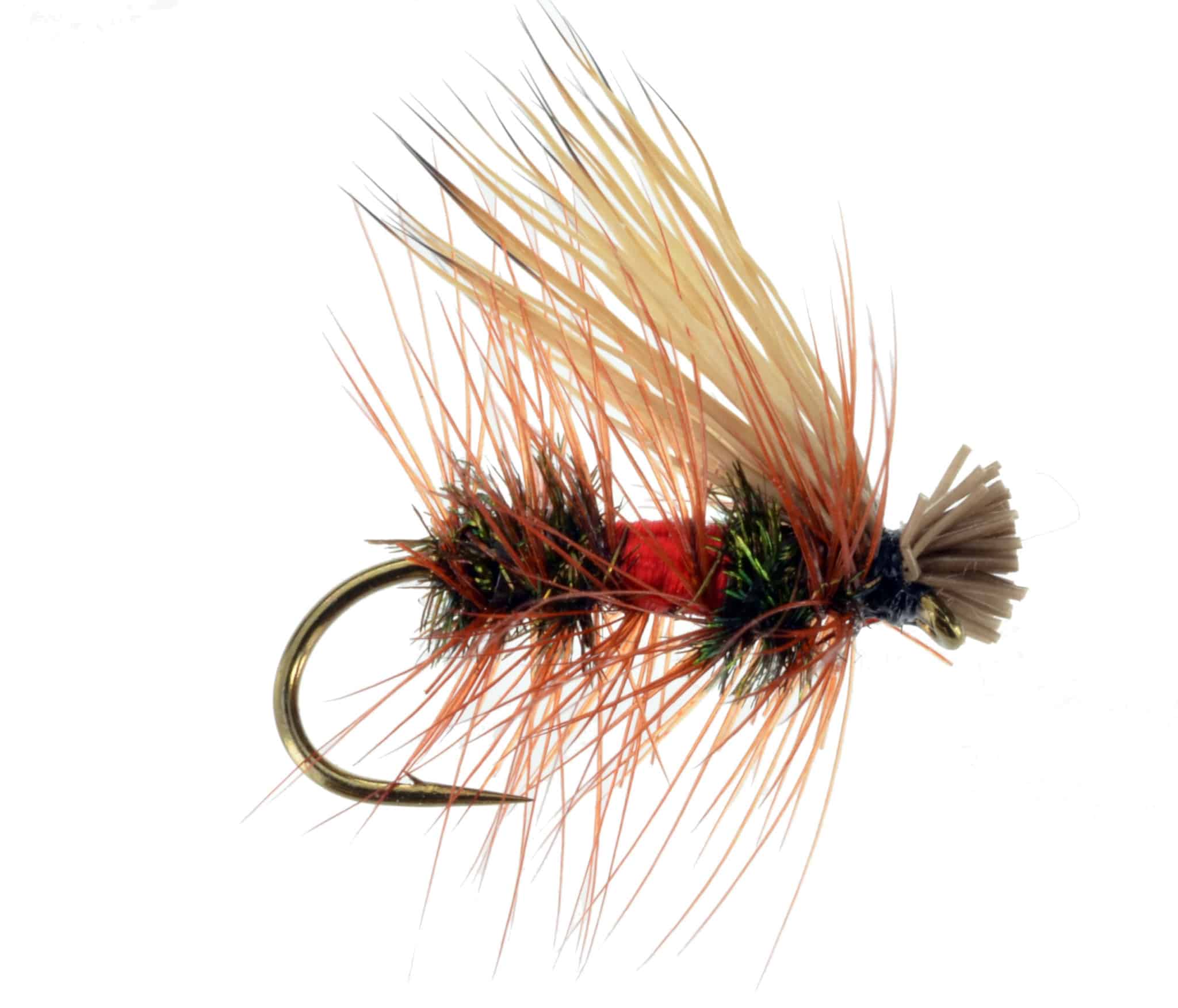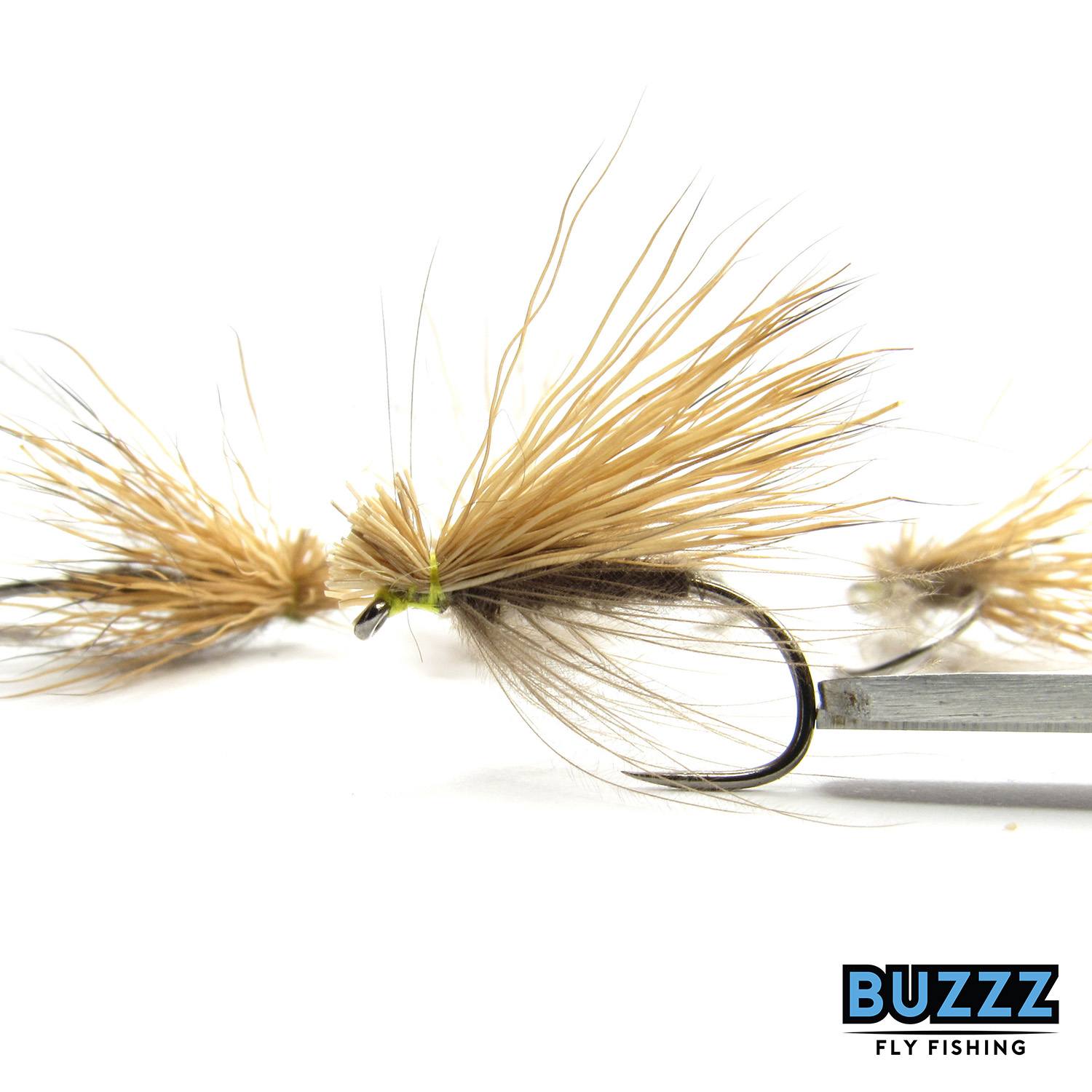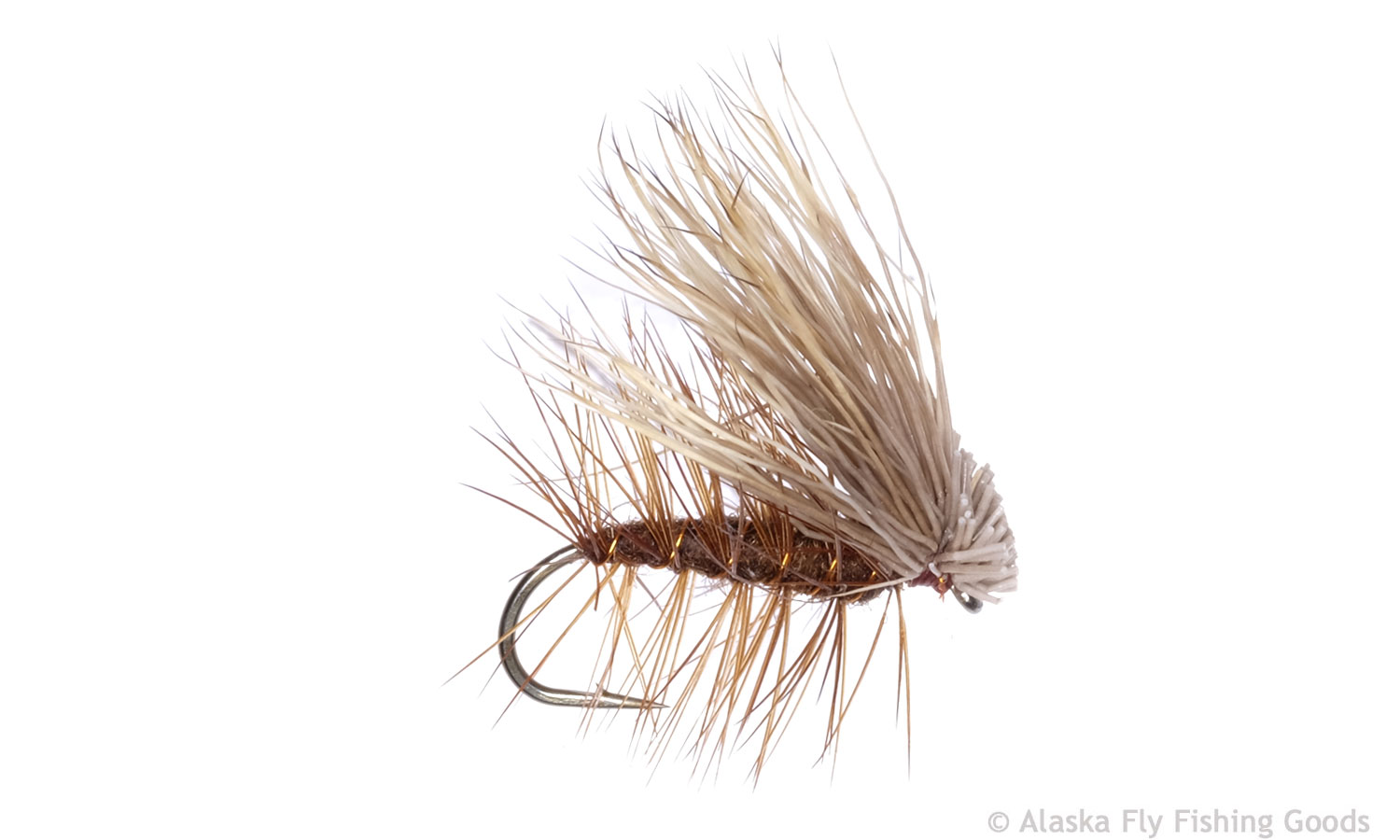Tying the Elk Hair Caddis: Easy Instructions to Tie This Fly
Table Of Content

Moody's Analytics makes no representations or warranties regarding, and assumes no responsibility for, the accuracy, completeness, or currency of the information contained herein. Purchases of key products and services provides insight into whether a business is growing or declining financially. Analyzing spending enables creditors predict risk scenarios before other credit analysis methods. Elk hair comes in many varieties, and it can vary from one animal to another or by where it comes from on a hide. I’ve found the E.H.C. a great fly for Grayling on The Ribble, Hodder and the Dales Rivers at all times of year. If you found this guide interesting, please share it with your friends and fellow anglers.
Elk Hair Caddis step by step
The only time you really have issues with this fly is when the fish are taking the nymphs or emergers in preference to the duns. In that case, you are better off fishing with the X-Caddis as the trailing shuck makes it a better emerger pattern with a CDC caddis nymph tie below it. As you’ll see in the step-by-step guide below, the first steps for tying an Elk Hair Caddis are similar to those for tying a Griffith’s Gnat. If you’re new to fly tying, I suggest that you first tie one of those before attempting the Elk Hair Caddis.
The Best All-Around Caddis Dry Fly Pattern - Field & Stream
The Best All-Around Caddis Dry Fly Pattern.
Posted: Wed, 05 Nov 2014 08:00:00 GMT [source]
Step 10: Cut the Deer Hair
I use the Elk Hair Caddis on a floating line and long 12ft leader. I’ve tied the Elk Hair Caddis for as long as I can remember. Actually, my first rendition wasn’t tied with elk or deer hair at all. I cut off a clump of hair from our German Shepherd’s back. Since then, I’ve had access to the right materials, and let me tell you, this thing slays fish.
Step 1: Place the Hook in the Vise
Remove the hair from the stacker and lie it along the top of the hook as shown to measure the correct length of wing required. Prepare the hackle and tie in at the base of the hook shank. A classic seven-part series of articles designed to familiarize fly fishermen with the practical aspects of stream side entomology. In the end, I would recommend getting some Elk Hair Caddis Flies. They are super popular amongst fly anglers for a great reason, they work amazingly.
Fly Tying the X-Caddis - Classic American Trout Pattern - scandicAngler.com
Fly Tying the X-Caddis - Classic American Trout Pattern.
Posted: Wed, 28 Oct 2020 07:00:00 GMT [source]
The wing case can get a little waterlogged, which gives the pattern a ‘drowned’ look, and in the slower runs, this is often more effective, especially on a tail out. Attach the dubbing to the tying thread and begin to build up the body of the fly. This fly has continuously proven that it’s one of the best flies that a fly fisherman can store in their box for a long time, and changing the color up only adds to its versatility. The Elk Hair Caddis fly has been altered and changed since its first appearance in the fly fishing community. You can find flies in all sorts of different colors and sizes, but the domination of the fly still remains strong.

Using a hackle plier wind on the hackle, palmered style along the whole of the dubbed body. Director of Product Curtis Graves walks us through Grundens' new Vector Wader. It features four-layer laminated puncture-resistant microfiber face fabric and is designed with Grundens' traditional high-mobility structure.

Still holding the hair in place , change hands and make two loose turns of tying thread around the head of the fly, and pull tight. Make a couple more turns of tying thread to secure the wing. Once you have dubbed the whole body make sure you leave enough space for the elk wing head (2 mm behind the hook eye) secure the dubbing with a few turns of tying thread. Although elk hair is hollow like deer hair, neither hair is really hollow like a drinking straw. The hairs have a hard outer coating with a pithy, air-filled interior.
Elk Hair Caddis pattern
Secure the hair onto the hook by making two loose turns of tying thread around the elk wing and pulling tight. These days there are so many reasonably simple fly patterns that work well but have no soul or appeal to fly tiers. Ask any fly angler about the Elk Hair Caddis and he or she will tell you that it’s one of the best dry flies that you can get for fly fishing. It catches a lot of trout and isn’t super difficult to use, if you know how and when to use it.
Switch the hair fibers over to the other hand, keeping in mind where you must make the cut. Place the wing in position and make one cut with a sharp pair of scissors to align all the fibers. Pull a clump of dubbing material from the holder and place it against the thread. Once wrapped, the fibers should extend from the hook shank to the hook point – no farther.
Then, back the thread over itself five times and trim off the loose tag end. I guess it all depends on which type and what quality you’re able to get hold of. What you’re looking for is a hollow hair for most of the strand, which helps keep the fly afloat. The specific material which forms the abdomen of the Elk Hair Caddis isn’t that important.
In this situation casting the caddis fly across the river and letting it skate around to the dangle. This approach often produces volitant takes from trout, grayling, and sea trout if they are present. Its design is key to its success because it incorporates all the elements to achieve a high floating dry fly. The light wing makes it easy to see, and the palmered hackle and Elk’s hair cause it to float high. I hope that this tying guide has encouraged you to tie and fish your own Elk Hair Caddis.
If there are a lot of bugs on the water, examine one a little closer and pick a fly in your fly box that is similar to it. This is where having a wide variety of flies comes in handy. It’ll be easier to match the color, shape and size of the bugs in the water if you have a lot of different flies on hand. From helping experienced anglers put together gear to instructing and guiding fly fishing in our region, we’re committed to ensuring you have the best fly fishing experience. Catch in the silver wire rib and cream Antron yarn while winding the waxed thread, in touching turns, to 2mm past the hook point.
Attached to the floating line is a 9ft 5X copolymer leader tipped with a 3 to 4 ft length of 3lb fluorocarbon. Fuller’s mud is applied to the fluorocarbon tippet to remove its shine and make it sink. Whereas, Mucilin grease is applied to the remainder of the leader so that it floats. On many rivers during the summer months, juicy caddisflies are eagerly taken by trout and grayling.
Comments
Post a Comment